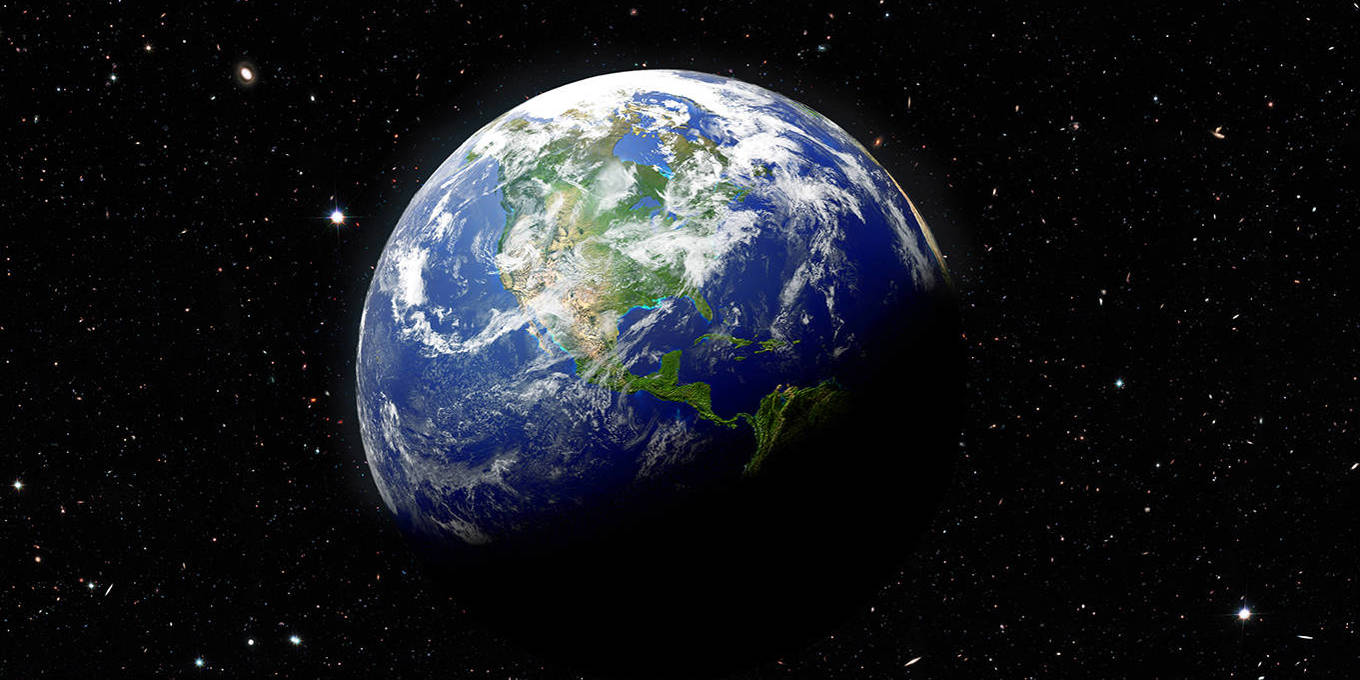
CAMBRIDGE – When the United Nations emerged from the rubble of two world wars 80 years ago, it represented humanity’s most ambitious attempt ever to turn catastrophe into cooperation. But while the scarred world of 1945 had hope following the Allied victory, that optimism has since curdled. The UN today is underfunded, risk-averse, and paralyzed.
Meanwhile, AI, crypto-finance, and climate breakdown are jostling to define this century, and wars continue to rage in Ukraine, Gaza, Sudan, and elsewhere. Against this backdrop, the UN’s 80th birthday commemorations reminded one of the statues on Easter Island: grand but futile gestures of a desperate society on the brink of collapse.
But what, exactly, leads to civilizational collapse? There is no shortage of theories. The geographer Jared Diamondargues that societies as sophisticated as the Maya or Norse Greenlanders ultimately imploded when they failed to adapt to ecological stress.
Similarly, the anthropologist Joseph Tainter has shown that complexity itself can become a liability: when the costs of coordination outstrip the returns, institutions unravel. Alternatively, Peter Turchin and Sergey Nefedov contend that “secular cycles” of rising inequality and elite overproduction (knowledge workers in excess of available roles to fill) have perennially brought social and political upheaval. And Vaclav Smil warns that no system – biological or social – expands forever.
This just scratches the surface of a longer-running teleological tradition. The historian Arnold Toynbee believed that civilizations rise through creative responses to shared problems, and then fall through inertia. Oswald Spengler’s The Decline of the West treated civilizational senescence as destiny, implying that cultures age like organisms. In The Rise and Fall of the Great Powers, Paul Kennedy tied imperial collapse to military overreach. William McNeill’s Plagues and Peoples reminds us how pathogens shape history, and Daron Acemoglu and James Robinson’s Why Nations Fail reframed the story around extractive elites.
But where do these analyses leave us? According to the existential-risk researcher Luke Kemp, globalization has produced a planetary “Goliath.” Unlike Rome or Rapa Nui, today’s world is integrated through and through, which means that any new stressor – a climate shock, a pandemic, a financial crisis – can trigger a sudden, irreversible, global cascade. Worse, with seven of the climate scientist Johan Rockström’s nine planetary boundaries having been breached, Earth has already thrown down the gauntlet for our civilization.
Yet ruin is not destiny. David Graeber and David Wengrow’s 2022 book, The Dawn of Everything, challenged the deterministic view of civilizational evolution. Collapse is not a matter of fate, but a failure of imagination. Despite writing during the Great Depression, John Maynard Keynes predicted that, within a century, technology could solve the “economic problem,” leaving humans free for the “art of life” as work commitments shrank to 15 hours per week and inequality receded.
The progressive journalists Ezra Klein and Derek Thompson’s recent book, Abundance, revives this sensibility. They argue that politics today is unnecessarily mired in scarcity thinking – with endless fights over housing, energy, and other resources leading to gridlock and polarization. The situation demands what they call a politics of building: expanding capacity, not just slicing a shrinking pie.
Is it possible for AI to deliver on the promise of the 15-hour work week, and for crypto to become a global currency along the lines of Keynes’s proposed “bancor”? While Kemp believes that civilizational “self-termination is most likely,” there are in fact three paths before us. The first is the one he and many of the aforementioned authors focus on: collapse. In this scenario, climate change spirals out of control, AI is rapidly weaponized, crypto destabilizes fragile economies, and the UN ossifies into irrelevance. As Diamond, Tainter, Turchin, Kennedy, and Spengler all warn, systemic stress eventually overwhelms institutions.
A second scenario is characterized by drift. Here, scarcity politics continues, regulation of new technologies is incremental, policymakers pursue endless crisis management, and the UN still convenes but without any authority or vision. Global governance becomes ceremonial.
The third path is toward renewal. AI would be harnessed to expand knowledge and reduce drudgery. Blockchain would be redeployed to manage commons transparently, rather than to create new markets for speculation and outright gambling. The response to climate change would become the foundation of future growth and development. And the UN would evolve into a 21st-century platform for stewarding planetary data, regulating global public goods, and convening not only states but also cities, firms, and citizens.
Renewal requires not just optimism but institutional imagination. The most valuable currency of the 21st century is not oil, gold, or even data. It is trust. Humanity evolved to form bonds of trust beyond one’s immediate family, but still typically limited to smaller groups. Yet as UN Secretary-General António Guterres stresses, our most pressing problems are planetary, which means that trust must be scaled not just to the level of one’s tribe or village or nation, but to eight billion people.
Doing that requires radical transparency, with global “gossip” exposing free riders or bad actors who disrupt shared efforts to cut emissions, reinforce supply chains, and mobilize inclusive finance. There are precedents for such effective global action: the Montreal Protocol halted ozone depletion; the Antarctic Treaty demilitarized a continent; and the Internet Corporation for Assigned Names and Numbers manages the internet’s plumbing without the need for an all-powerful leviathan.
The late Nobel laureate Elinor Ostrom showed that the commons can be governed well if institutions are flexible, polycentric, and nested (with multiple, independent actors focused on different elements of the same overarching agenda). The UN has occasionally embodied the spirit of what Ostrom had in mind, such as through the Universal Declaration of Human Rights, the eradication of smallpox, and the (now-beleaguered) Paris climate agreement. But it has also been crippled by vetoes, geopolitics, and an inadequate vision.
Silicon Valley pitchmen would like us to believe that technology will determine the future. But the more important variable is whether and how our institutions adapt. As Toynbee put it, “Civilizations die from suicide, not by murder.” The choice between abundance and apocalypse is still ours to make.



